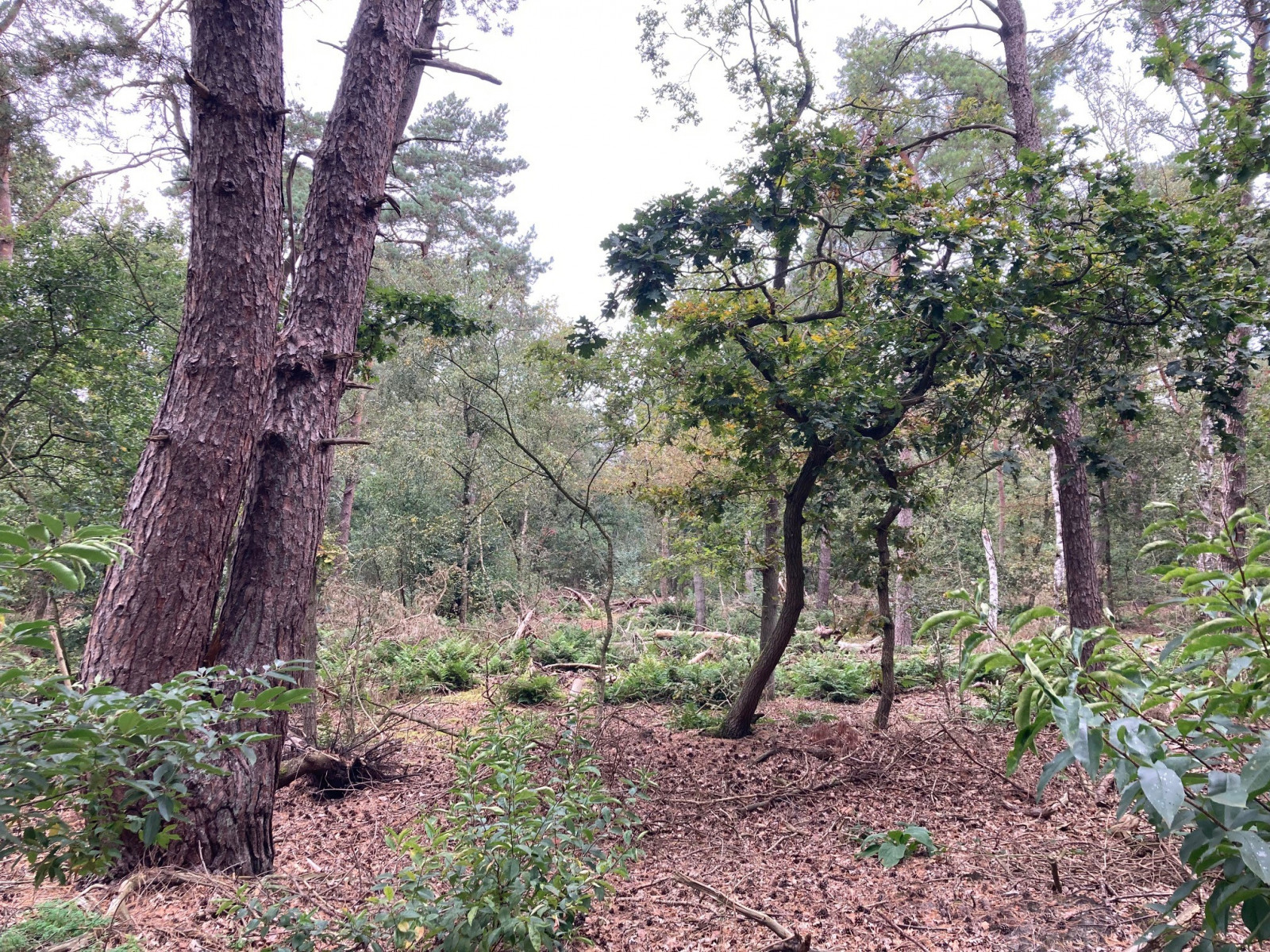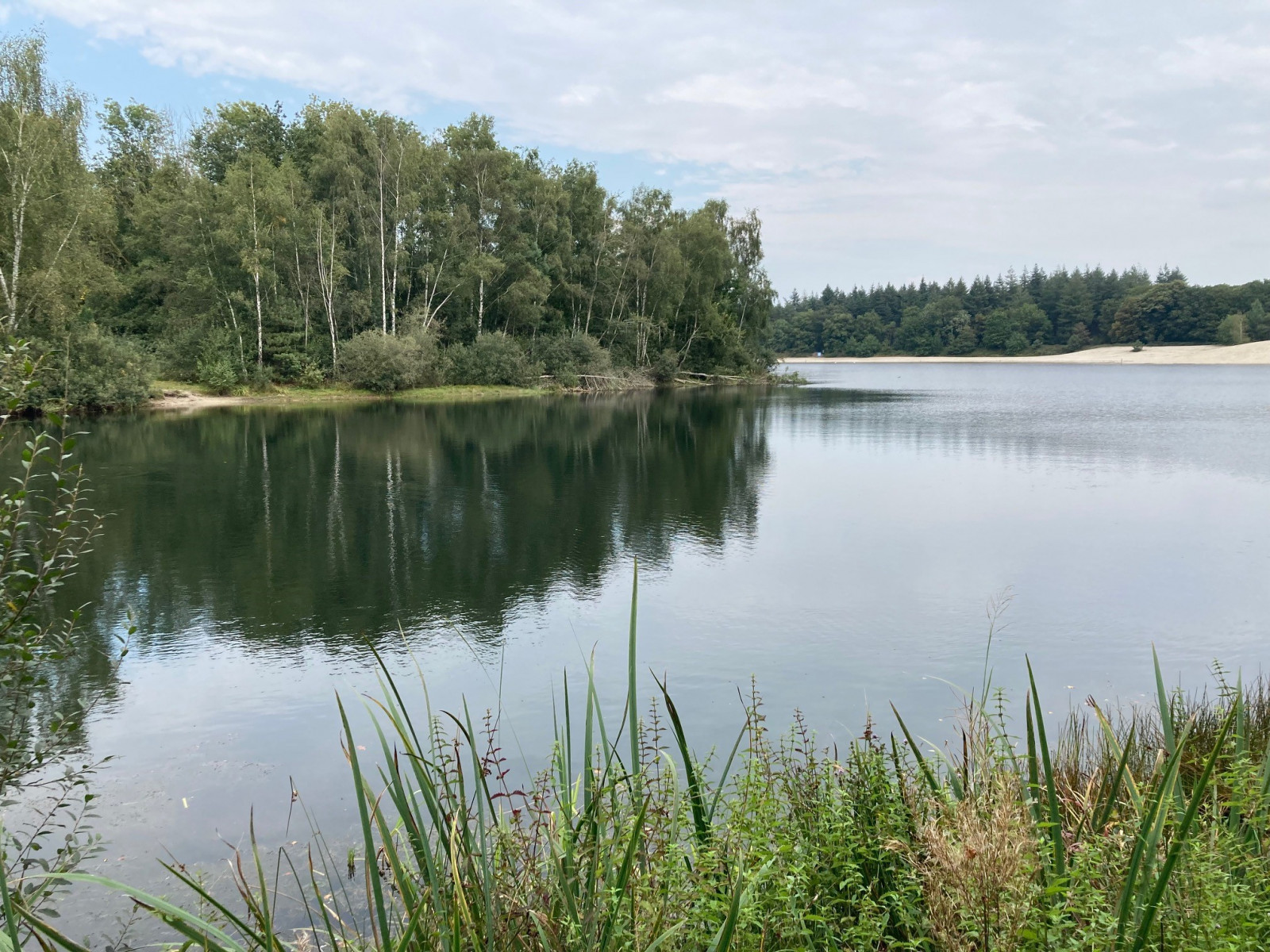Descrizione
Overloonsche Duinen is a former production forest area that is gradually being transformed into a natural forest and you can see that all over the area. The trees are less densely packed, more open spaces have been created and a lot of dead wood remains, which benefits birds and insects. The diversity of the area is therefore increasing. The Overloonsche Duinen have countless narrow and wider paths with which you can traverse and explore the forest. In addition to the mixed forest of deciduous and coniferous trees, there are also heathland and dunes covered with juniper bushes in various places. These drifting dunes are remnants of a drifting sand ridge. The area also borders the Smakterveld, an open area with reed beds and grasslands, so that increases the number of bird species that you can see during the walk. Birds you can see in and around the Overloonsche Duinen are Picchio nero, Picchio rosso maggiore, Picchio verde, Cincia dal ciuffo, Allocco, Cincia alpestre, Ciuffolotto, Codirosso, Balia nera, Regolo, Picchio muratore, Rampichino comune and Capinera.
_________________________
Nederlands: De Overloonsche Duinen is een mooi gemengd bosgebied met stukken heide, een groot ven en begroeide stuifduinen. Goed is voor het zien van veel soorten bosvogels en ook nog enkele soorten watervogels op het Schaartven en langs de rand van het Smakterveld. Het voormalige productiebos wordt geleidelijk omgevormd tot een natuurlijk bos en dat kun je overal in het gebied zien. De bomen staan minder dicht op elkaar, er zijn meer open plekken gemaakt en er blijft veel dood hout liggen waar vogels en insecten van profiteren. De diversiteit van het gebied wordt dan ook steeds groter. De Overloonsche Duinen hebben talloze smalle en bredere paden waarmee je het bos kunt doorkruisen en verkennen. Naast het gemengde bos van loofbomen en naaldbomen, zijn er ook heideveldjes en op diverse plaatsen vind je met jeneverbesstruiken begroeide stuifduinen. Deze stuifduinen zijn restanten van een stuifzandrug en hebben het gebied hun naam gegeven. Het gebied grenst ook aan het Smakterveld (een open gebied met rietvelden en graslanden) dus dat verhoogt het aantal vogelsoorten wat je tijdens deze wandeling kan maken nog eens extra. Vogels die je in en om de Overloonsche Duinen kan zien zijn Picchio nero, Picchio rosso maggiore, Picchio verde, Cincia dal ciuffo, Allocco, Cincia alpestre, Ciuffolotto, Codirosso, Balia nera, Regolo, Picchio muratore, Rampichino comune en Capinera.
Dettagli
Accesso
You can park in the large parking lot at the War Museum in Overloon. Click on the P in the map for directions to the parking lot. The walking route indicated on the map below starts at the parking lot. The walking route is approximately 10 km long and runs through various areas: through the forest, along the fen Schaartven, through heathland and along open spaces such as the Smakterveld.
_________________________
Nederlands: Parkeren kan op de grote parkeerplaats bij het Oorlogsmuseum in Overloon. Klik op de P in de kaart voor een routebeschrijving naar de parkeerplaats. De wandelroute die op de kaart beneden is aangeven start op de parkeerplaats. De wandelroute is ongeveer 10 km lang en loopt door verschillende gebieden: door het bos, langs het Schaartven, door heidevelden en langs open plekken als het Smakterveld.


